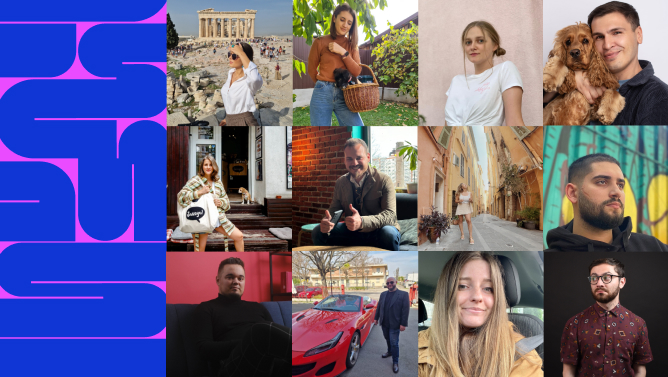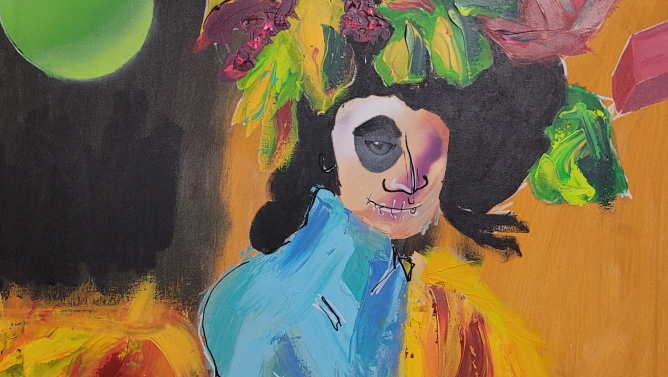Subsign: First, can you tell as a few things about yourself?
Maria: Hi, I’m Maria Tabarcea, a Bucharest based graphic artist and illustrator, with a distinct affinity for calligraphy and hand-lettering. Studied Graphic Arts at National University of Arts in Bucharest, and I work both traditional and digital.
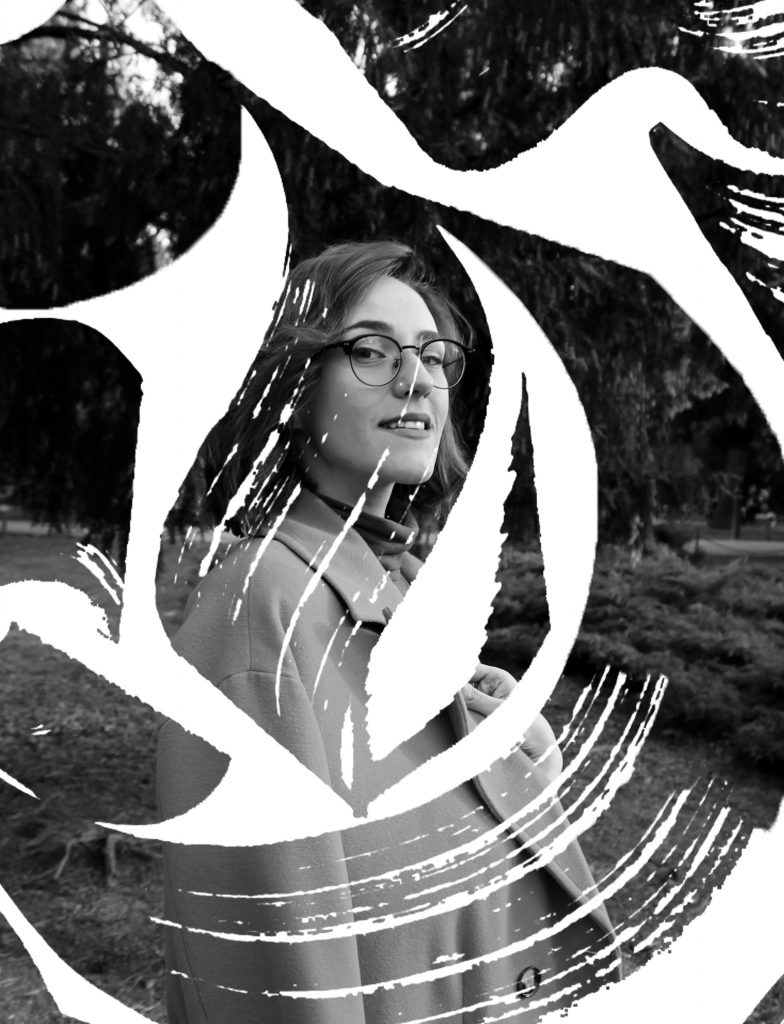
Subsign: What was your childhood like? Do you think your experiences from childhood have influenced your present creative endeavors?
Maria: I’ve always been inclined to express myself in the most artistic ways. My childhood was filled with a lot of coloring books, sunny moments and countless summer holidays spent at my grandpas, where I could take all of their vintage black-and-white photos and try to color them, to make them look more ‘alive’.
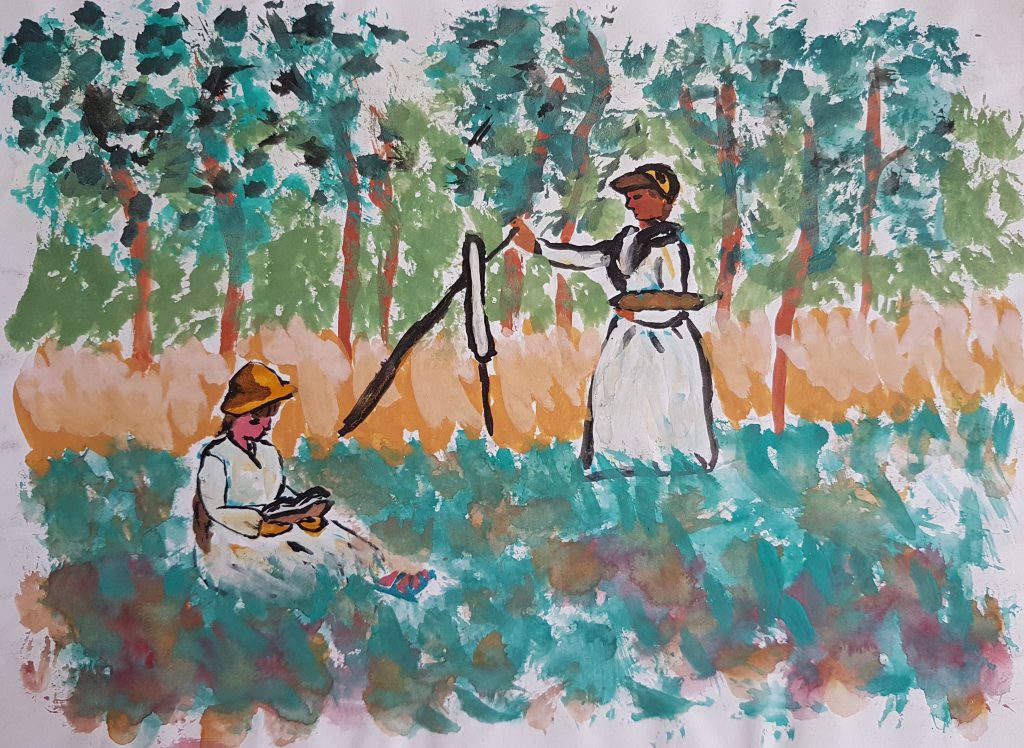
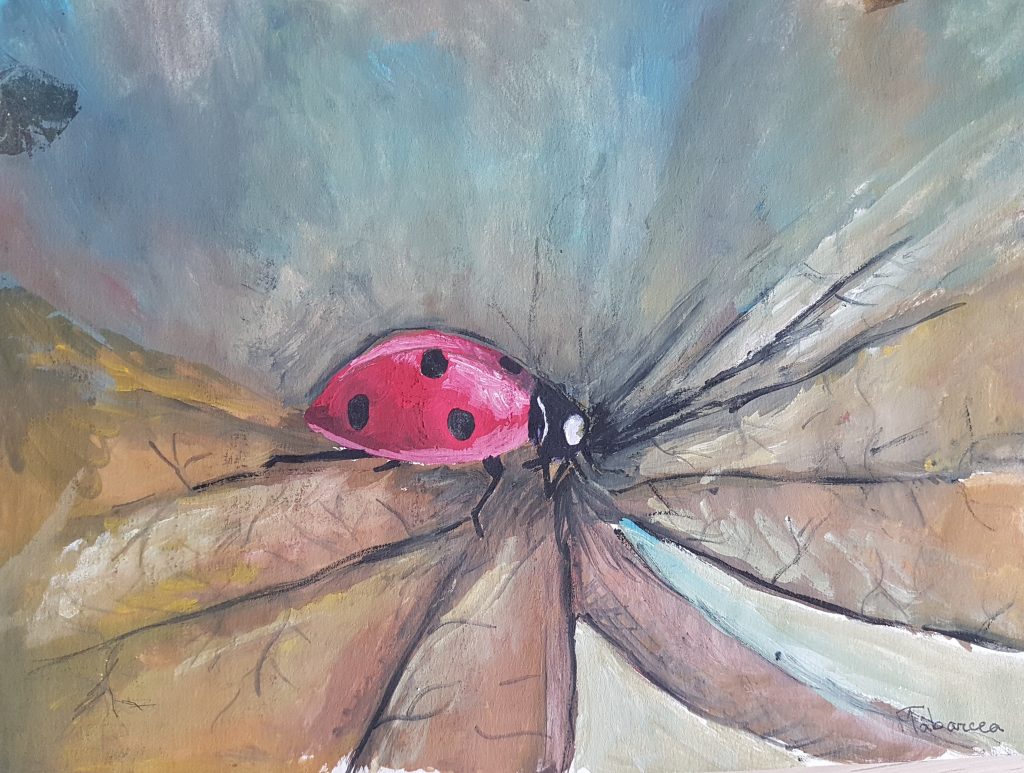
I remember when I was around 9 or 10 years old I had a fantastic set of Disney themed playing cards, and I was so impressed by those illustrations that I started to recreate them and reinterpret them. So that was the very first moment when I found out my calling in life.
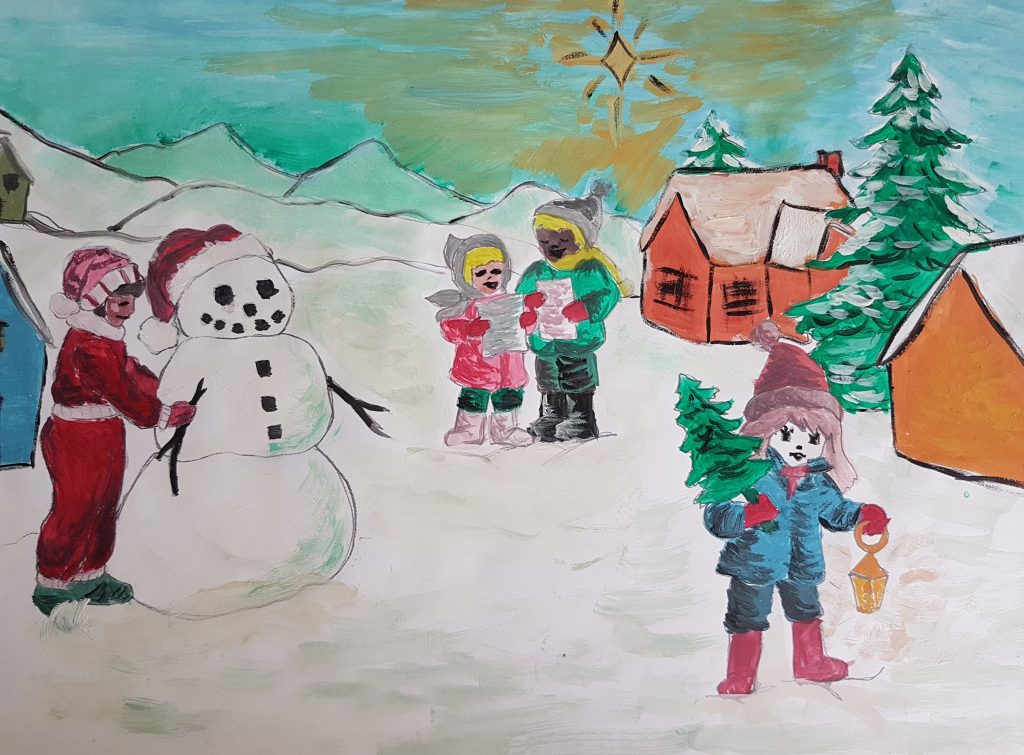
Subsign: What did you wanted to be as a grown up?
I wanted to be so many things. I had various interests, so every two-three days I used to dream of different professions, switching between singer, writer, veterinarian, chemist and artist. I guess art won.
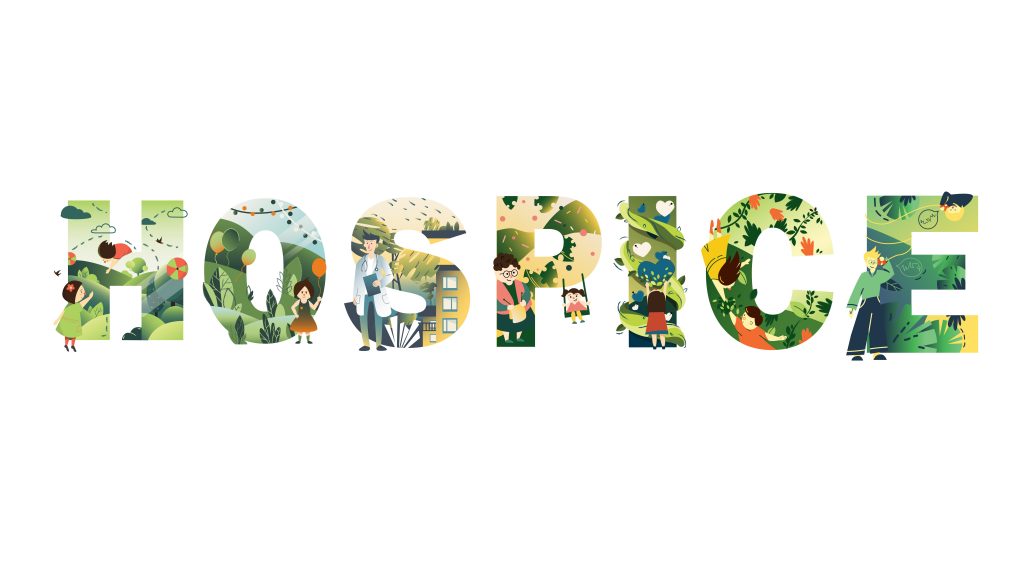
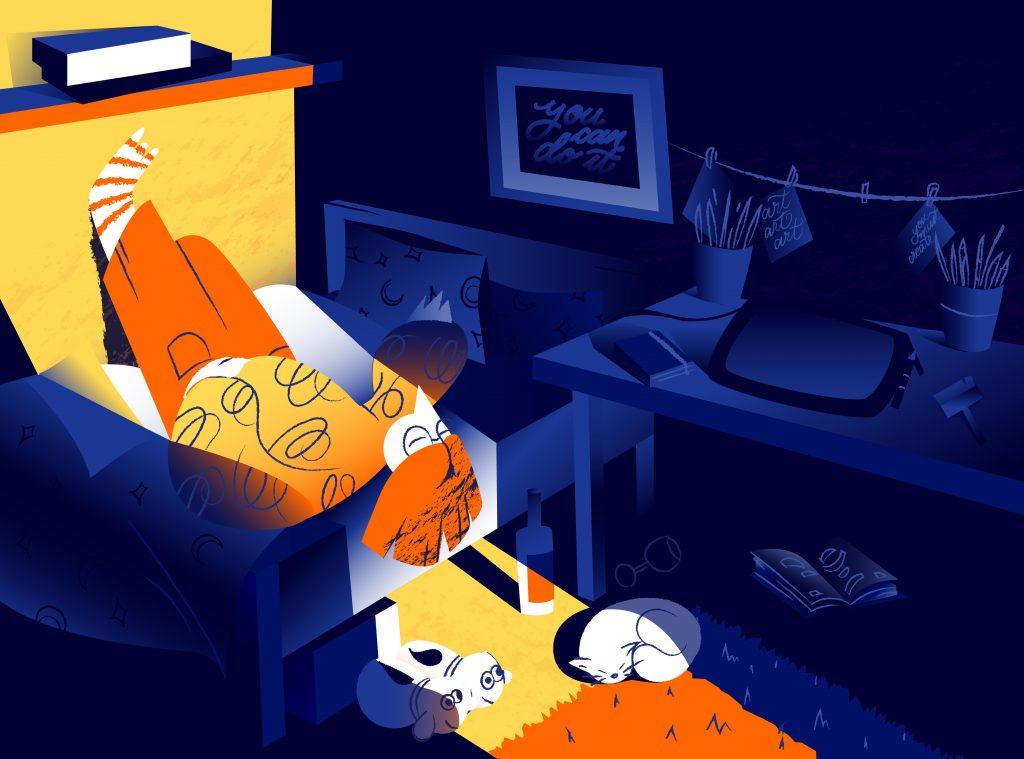
Subsign: How does your workstation look like?
Maria: I like to think that my workplace is where magic happens. Is where I go to lose my mind and find my soul. Is where I’m writing, I’m documenting, I’m making things happen. I painted my wall so that in those lost moments I can remember myself who I am and what I need to do. You’ll find colored pencils, watercolors, inspirational quotes, and both bad and good works hanged on the wall. All of them combined inspire me to research and to create.
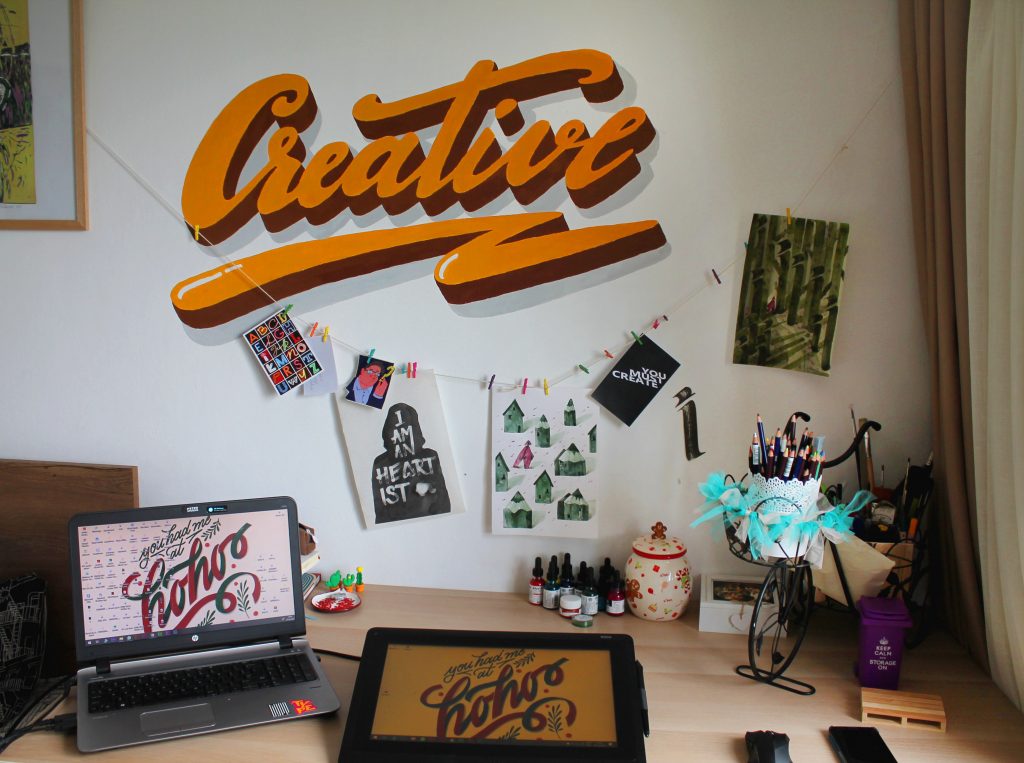
Subsign: Do you have a work style? How would you describe it?
Maria: I’m still experimenting with different styles, and I don’t think I look for a certain style when I’m creating. I’m focusing more on growing and experimenting, and that works for me very well. Although you can find some similarities between my works, I would not define that as I style, yet.
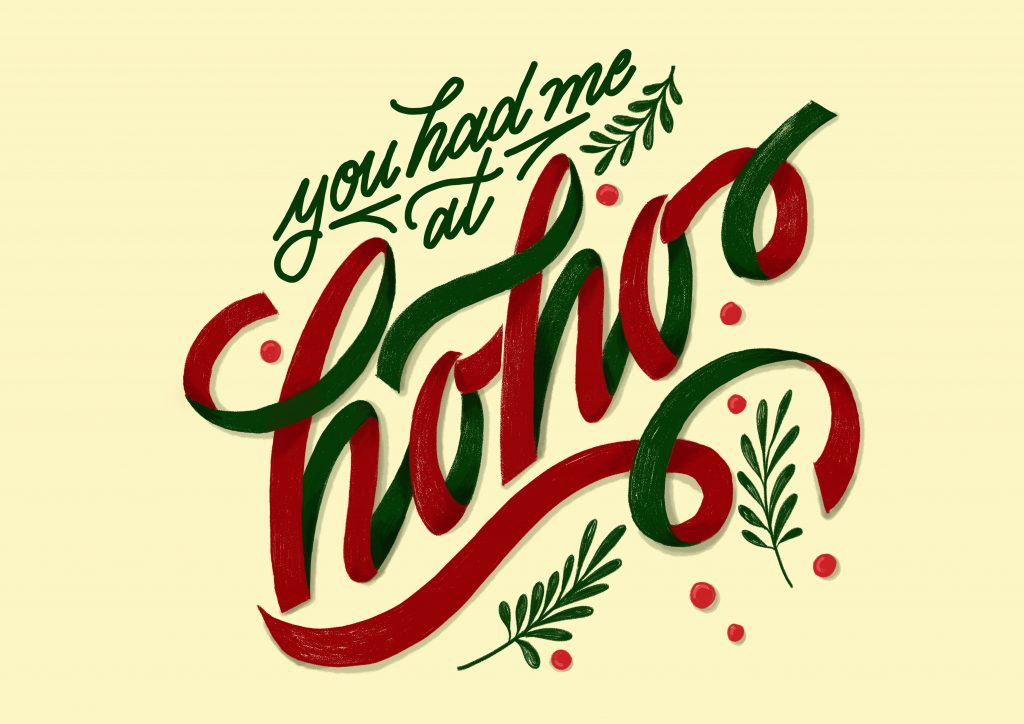
Subsign: Can you share with us how your creative process works?
Maria: It usually depends on what I’m working on. I usually begin by doing a brainstorming on the topic, researching the references and writing it down on paper. Everything, starting from keywords and key phrases and going to ideas and concepts. This is probably how I became so attracted to calligraphy and hand lettering. Building stories around letters became a huge interest and passion. Then I create mood-boards for composition directions, atmospheres or messages.
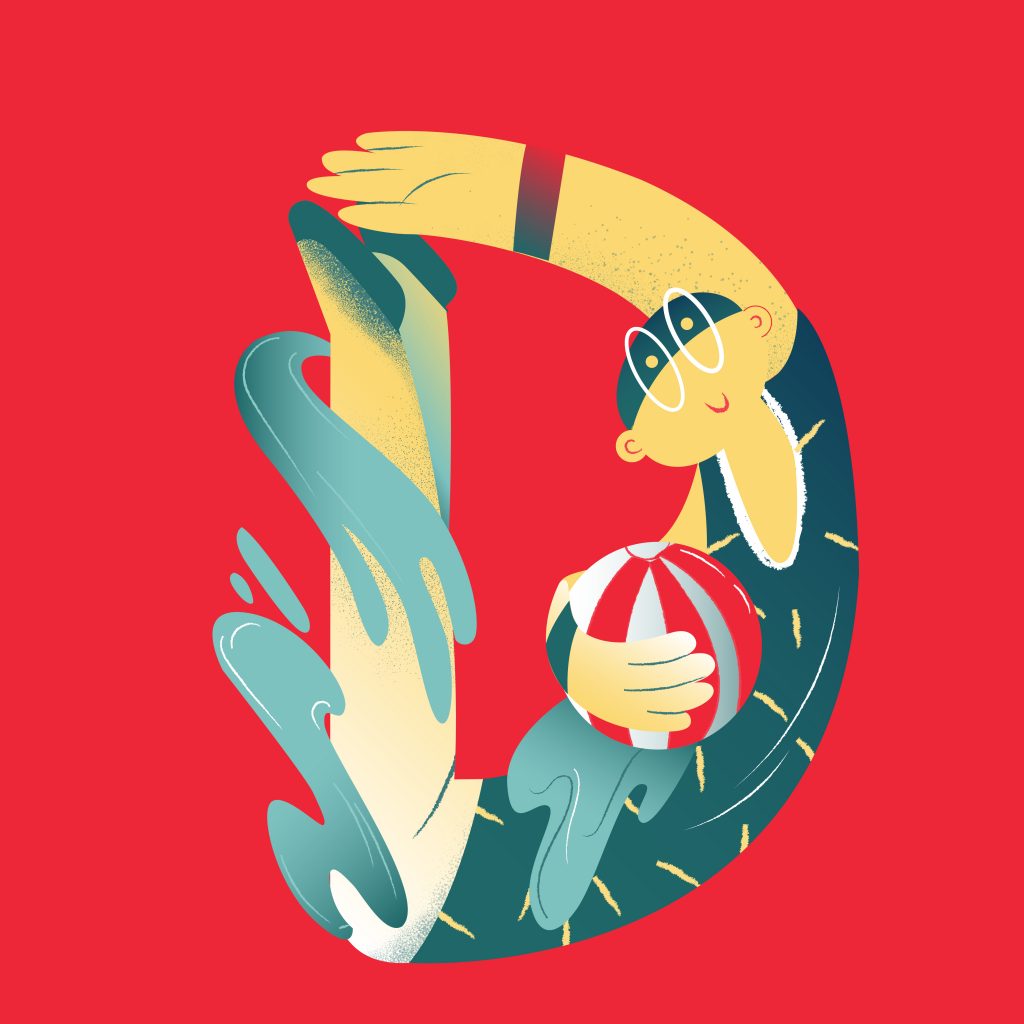
After doing some sketches I decide on a clear direction and I’m doing the final sketch. In the first instance I’m doing it black and white, so I can decide on the contrast and the accents. I like to make things done, so usually when I’m initializing something I’m not stopping until it’s done. But I’m not rushing. If something does not go right, or I’m not sure about a certain thing, I’m either stopping or restarting it. Or waiting a few days for seeing it with ‘clear eyes’.
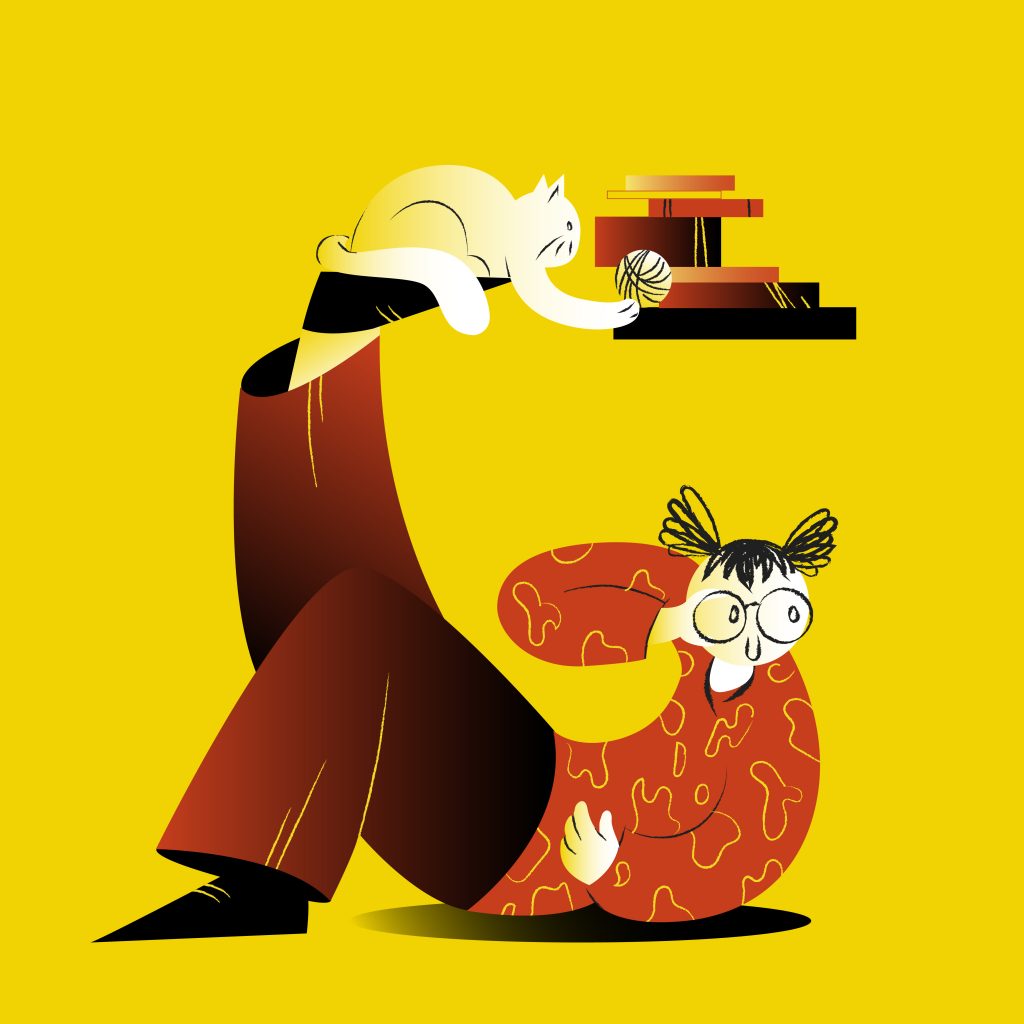
Subsign: What is your favorite work you have done so far?
Maria: Oh, probably I’d go for my recent works I did for my dissertation, where I talk about my lack of inspiration and ideas. There are so many times when I find myself struggling about finding the perfect ideas for my projects. I feel the anxiety and the pressure of needing to have brilliant ideas or a great inspiration. They are part of an experimental book, where you can find hand-lettering works, experimental type, photography and illustration, all of them combined to convey the restlessness of creating something good enough.
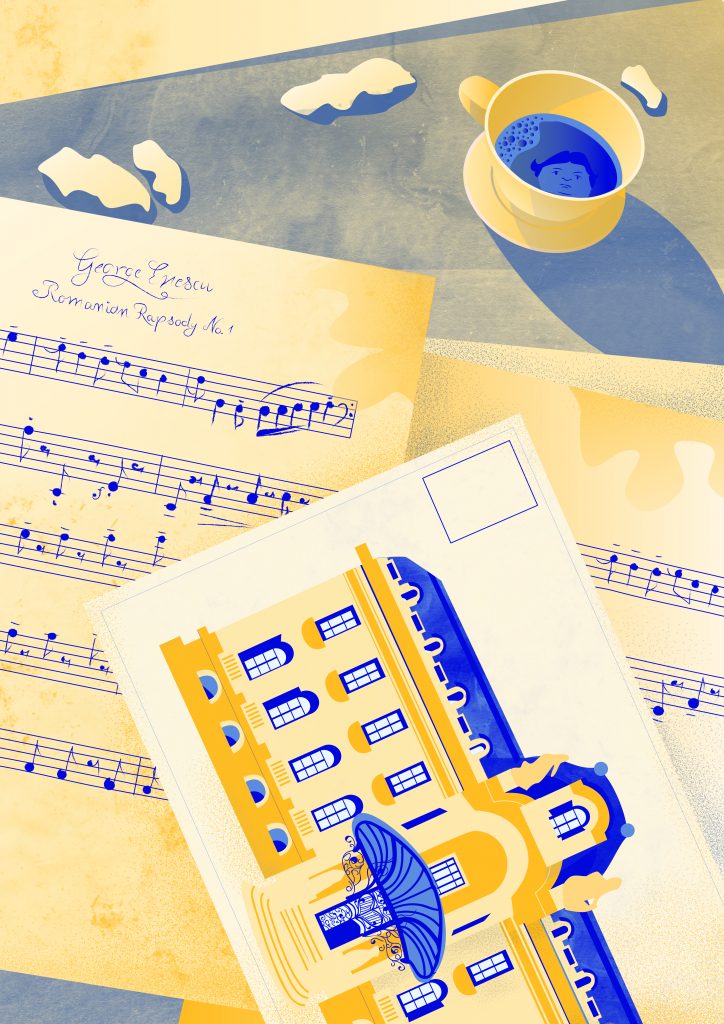
Subsign: Who do you follow for inspiration?
Maria: I would not have enough paper to write them down, they are so many. I follow a lot of brilliant creative activating in different fields of arts, and I’ll try to name some: Gosia Herba, Alina Marinescu, Guido do Boer, Gemma O’brien, Stefan Sagmeister, Sara Fanelli, Bianca Dumitrascu, Oana Ispir, Abbey Lossing, Saddo, Illustrescu, Alex Galmeanu and many more.
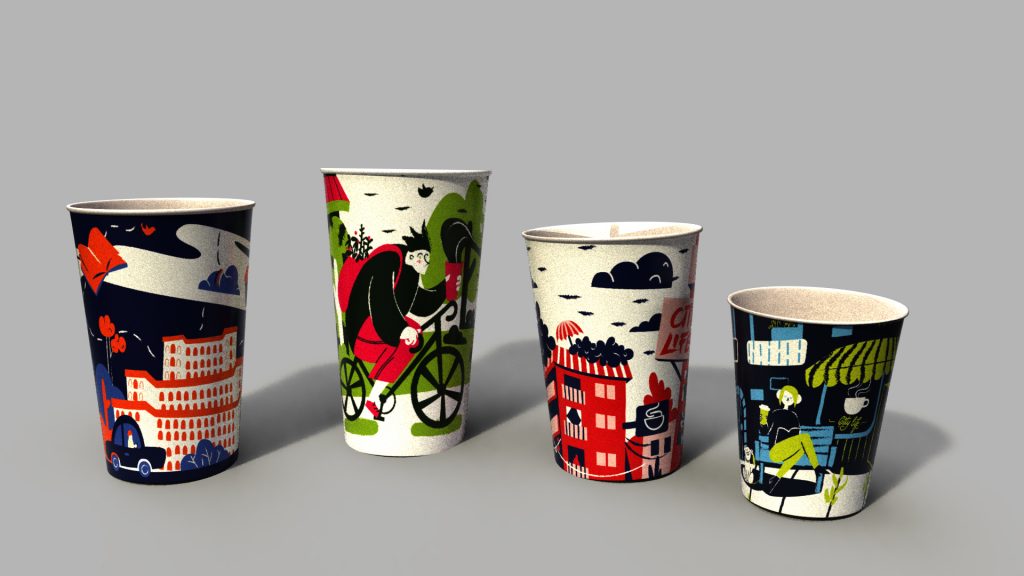
Subsign: What advice could you give to someone starting out in the creative field of work?
Maria: Never compare your beginning to someone else’s middle. Every one of us has its own journey, its own story and its own rhythm. But always strive for better. Not for others, but for you. You need to focus on becoming the best version of you and to never stop doing this.
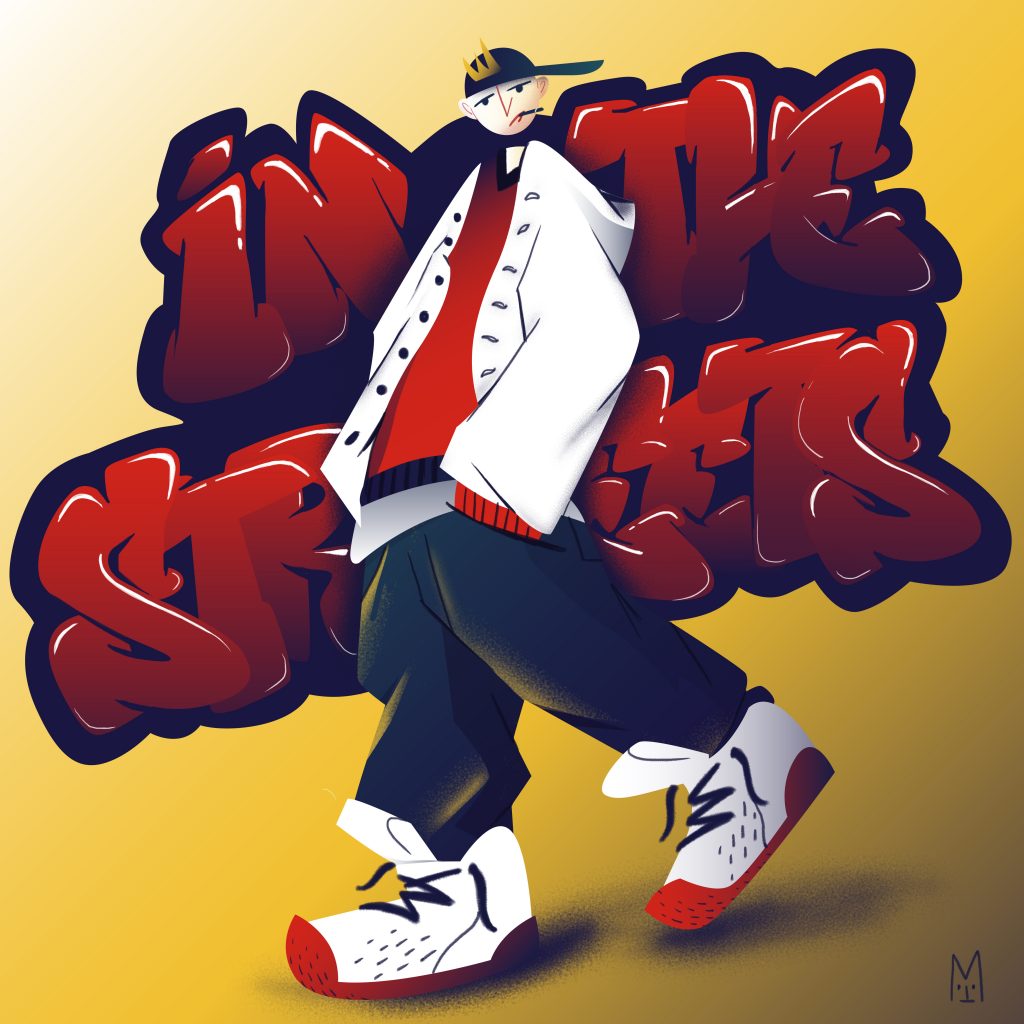
Subsign: If you would have a super power, what would it be?
Maria: It would probably be the ability to be in more than two places at the same time. There are so many things in this world happening all at the same time, and we as humans do not have enough time do see ‘em.
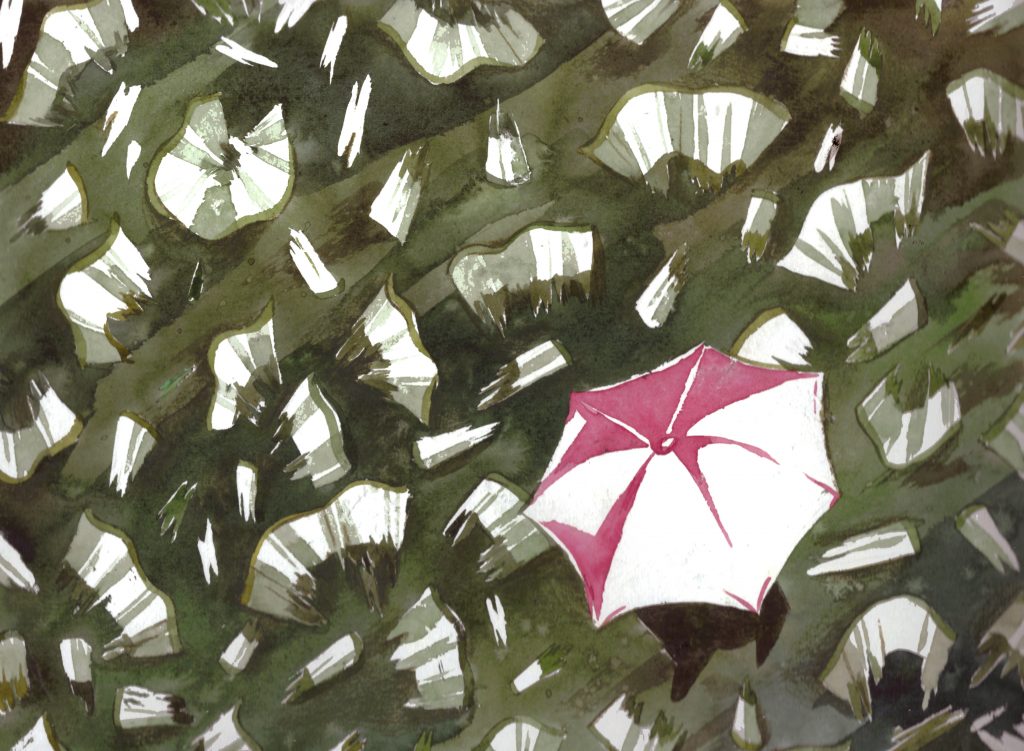
Subsign: Can you recommend for our readers a book, a song and a movie?
Maria: Lately I’ve read a very useful book by James Clear, named Atomic Habits, which helped me a lot in my creative process. For a song I’d go for is Sweetest Life by Kwaye, and my favorite animation movie is The Boxtrolls.
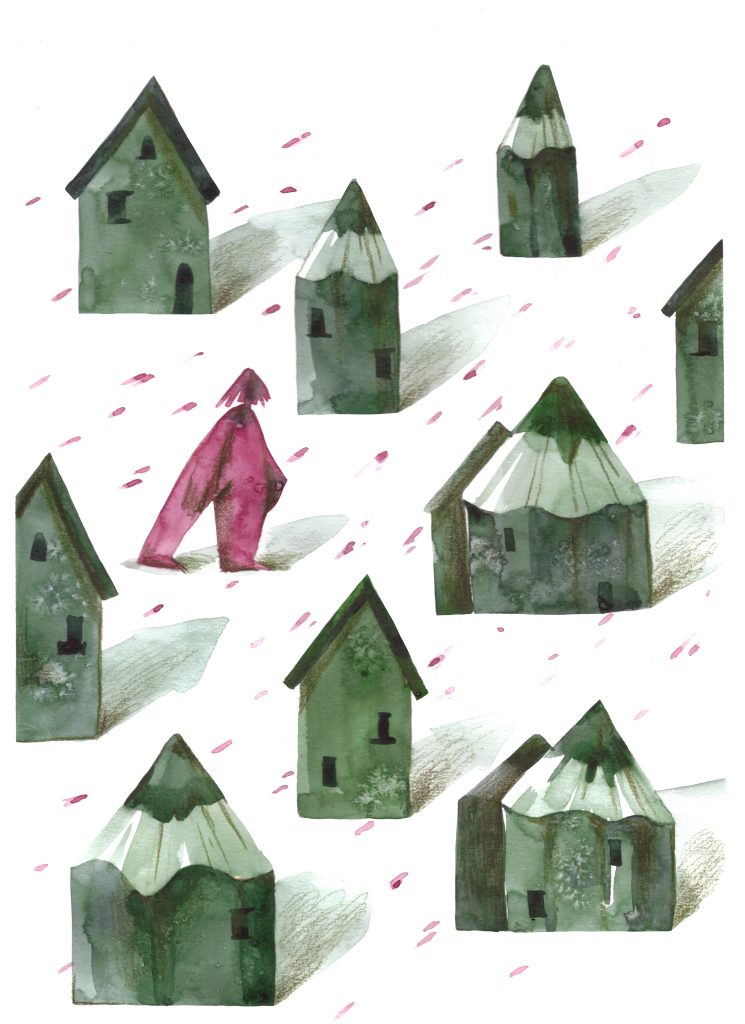
Subsign: If you could throw any kind of party, what would it be like and what would it be for?
Maria: Imagine this: Friday night, a lot of pizzas, cocktails and a huge garden with different kind of activities. Family, friends and friends of friends talking about art and artists, movements and boarding games. Did I say pizzas?
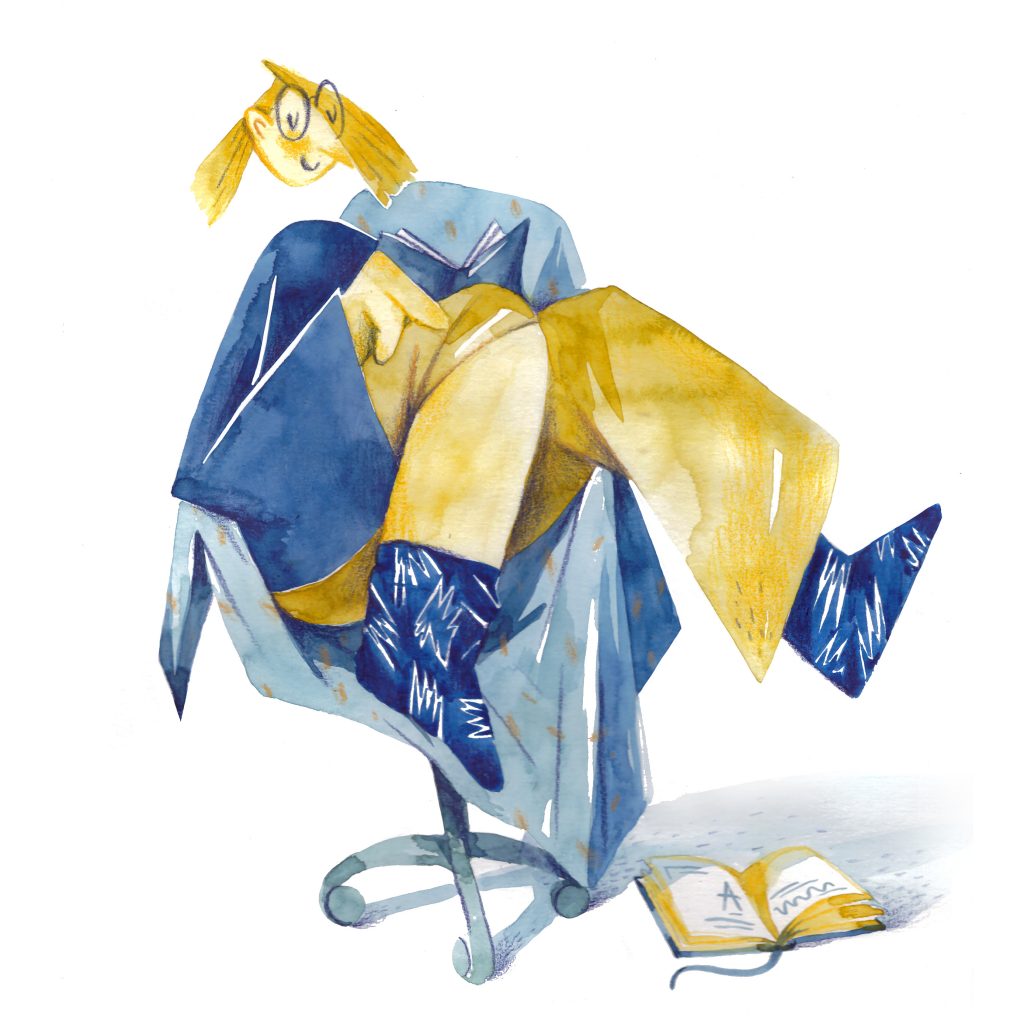
Subsign: What famous people would you invite to the party and why.
Maria: Imagine this: If only every one of us could bring his favorite famous person he admires, and to talk freely about what we appreciate about them and how they influence us, that would be great. Sharing appreciations and supporting each other I think is very important.
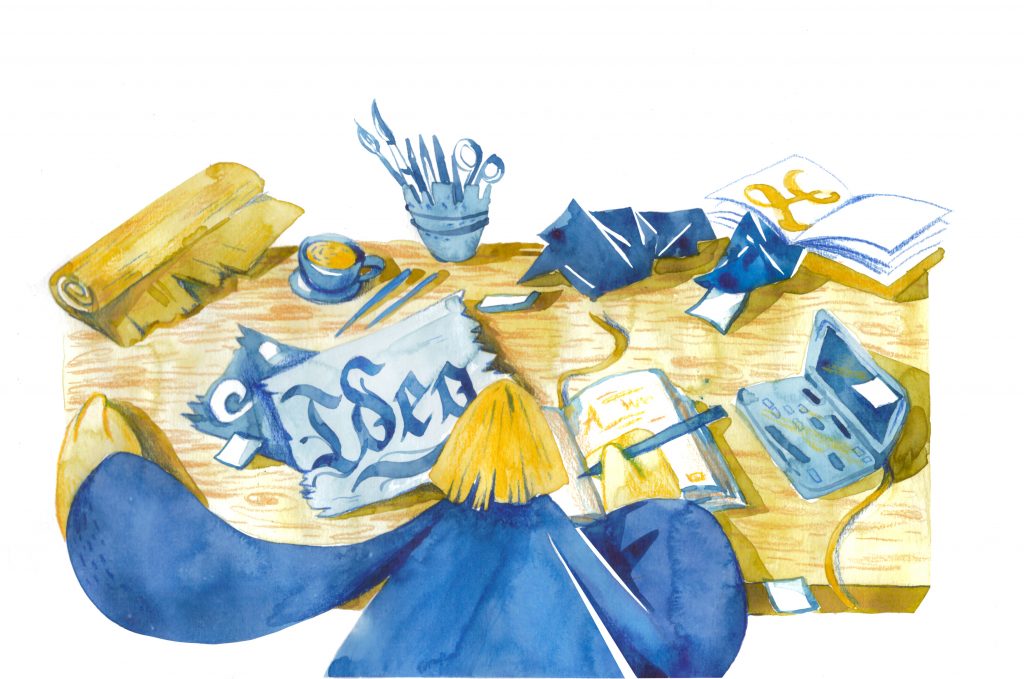
If you know an artist that should be in the spotlight, contact us at jojo@subsign.co.
Thank you Maria for being a part of our Spotlight!
For more of Maria‘s work, you can follow her work on the links: Maria on Instagram, Maria on Behance, Maria on Facebook.
